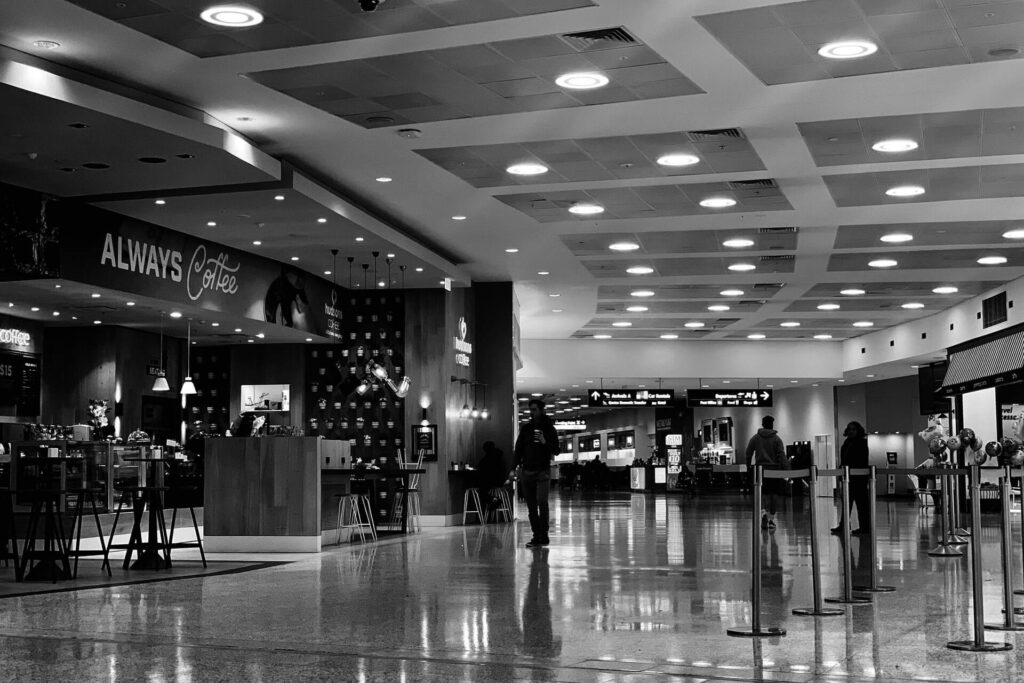As many countries and states are easing the restrictions on air travel, airlines are resuming their services and airports all around the world are getting ready to meet passengers under the new conditions. The majority of the borders within the European Union have been reopened, allowing the EU citizens, with certain exceptions, to start traveling again. If you decide to fly during the summer 2020, this is what to expect after stepping through the gates.
New rules at the passengers check stations and inside the airport facilities
On 13 May 2020, the European Commission released operational guidelines for the management of passengers arriving at the airport and boarding flights. The 27-page document contains instructions for aviation authorities, airport operators, airplane operators, and other aviation stakeholders on how to handle preventive measures to ensure passengers and cabin crew safety.
According to the guidelines, airlines should provide their passengers with the necessary information about preventive measures onboard. Passengers are exected to wear face masks, maintain hand hygiene and respiratory etiquette, etc. Also, according to the Commission guidelines, contact with cabin surfaces among passengers should be limited and on-board services minimized. These and many other rules have been already introduced in airports. However, certain airports had a slightly different approach to COVID-19 spread prevention.
Social distancing and facial masks
For example, in German airports passengers are now allowed to carry only one piece of hand luggage. The measure was implemented to reduce the risk of infection during security checks.
Keeping a distance of at least 1.5 meters from each other and wearing facial masks becomes a mandatory routine during check-in, security scans and after entering every air travel facility. Airport security may ask travelers to lower a mask so an employee can check whether their ID is a match.
In some airports, like in Los Angeles International Airport, non-fliers, except unaccompanied minors or others who need assistance, are not allowed inside the facility. Regine Weston, the Americas airport planning leader, believes that this might become a rule in every airport.
Thermal cameras
Thermal cameras that can scan arriving passengers and detect feverish temperature were already utilized during the Severe Acute Respiratory Syndrome (SARS) crisis in 2003 and the Ebola outbreak in 2014. During the COVID-19 pandemic, crowd temperature screening gadgets got a workout, checking passengers upon arrival in multiple airports, including Heathrow, Puerto Rico’s San Juan airport, Seoul Incheon International Airport to name a few.

Image: Wikimedia
Incheon Airport uses a three-step screening protocol to identify airport users with elevated skin temperature on all outbound flights. The facility uses FLIR thermal imaging cameras at the departure level entrance and the immigration desk and thermometers at the boarding gate.
When an individual with a skin surface temperature of 37.5°C or higher is detected, the screening system activates an audible and visual alarm on monitors connected to the camera. If primary and secondary temperature screenings suggest that a person may have a fever airport personnel measure their temperature using a thermometer. If the thermometer confirms 37.5°C or higher temperature, the traveler’s airline is notified.
In May 2020, Hong Kong International Airport began testing booths that use thermal cameras that screen for COVID-19 before the individual is allowed to enter the sealed enclosure.
Touchless technology
Experts assume that during the pandemic, adoption of touchless technology is likely to accelerate across various sectors, including aviation. Contactless technology for checking in has been already implemented in Atlanta Airport, US. The facility already operates an all-biometric check-in system.

